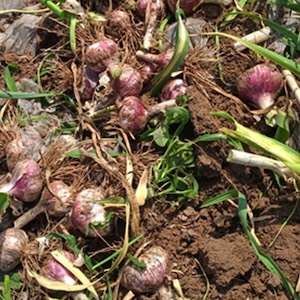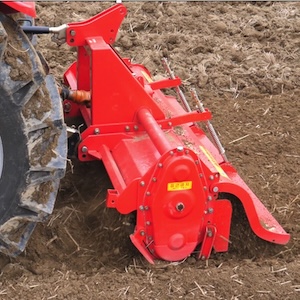Effects of equipments and processing conditions on quality of fresh-cut produce

Published:27 March 2018
Abstract Views: 1762
PDF: 1227
HTML: 245
HTML: 245
Publisher's note
All claims expressed in this article are solely those of the authors and do not necessarily represent those of their affiliated organizations, or those of the publisher, the editors and the reviewers. Any product that may be evaluated in this article or claim that may be made by its manufacturer is not guaranteed or endorsed by the publisher.
All claims expressed in this article are solely those of the authors and do not necessarily represent those of their affiliated organizations, or those of the publisher, the editors and the reviewers. Any product that may be evaluated in this article or claim that may be made by its manufacturer is not guaranteed or endorsed by the publisher.
Similar Articles
- Senanur Durgut Malçok, Azime Özkan Karabacak, Ertürk Bekar, Cüneyt Tunçkal, Canan Ece Tamer, Influence of a hybrid drying combined with infrared and heat pump dryer on drying characteristics, colour, thermal imaging and bioaccessibility of phenolics and antioxidant capacity of mushroom slices , Journal of Agricultural Engineering: Vol. 54 No. 3 (2023)
- Senanur Durgut Malçok, Azime Özkan Karabacak, Cüneyt Tunçkal, Canan Ece Tamer, Application of response surface methodology for optimisation of Cornelian cherry - Capia pepper leather dried in a heat pump drying system , Journal of Agricultural Engineering: Vol. 54 No. 3 (2023)
- Ernest Ekow Abano, Hai Le Ma, Wenjuan Qu, Thin-layer catalytic far-infrared radiation drying and flavour of tomato slices , Journal of Agricultural Engineering: Vol. 45 No. 1 (2014)
- Adeshina Fadeyibi, Zinash D. Osunde, Evans C. Egwim, Peter A. Idah, Performance evaluation of cassava starch-zinc nanocomposite film for tomatoes packaging , Journal of Agricultural Engineering: Vol. 48 No. 3 (2017)
- Antonio Guiso, Alessandro Parenti, Piernicola Masella, Lorenzo Guerrini, Fabio Baldi, Paolo Spugnoli, Environmental impact assessment of three packages for high-quality extra-virgin olive oil , Journal of Agricultural Engineering: Vol. 47 No. 4 (2016)
- Ernest Ekow Abano, Livingston Kobina Sam-Amoah, Ato Bart-Plange, Variation in ultrasonic frequency and time as pre-treatments to air-drying of carrot , Journal of Agricultural Engineering: Vol. 43 No. 4 (2012)
- Alessandro Trevisani, Eleonora Iaccheri, Angelo Fabbri, Adriano Guarnieri, Pallet standards in agri-food sector: a brief survey , Journal of Agricultural Engineering: Vol. 45 No. 2 (2014)
- Artur Altunyan, Arshaluys Tarverdyan, Geometric and kinematic parameters of vibrating knife in the development of cutting machines , Journal of Agricultural Engineering: Vol. 52 No. 3 (2021)
- Xu Zhang, Hua Li, Xindan Qi, Samuel Mbugua Nyambura, Yongjian Wang, Jieyi Fu, Design and experiment of a self-propelled two-row garlic combine harvester , Journal of Agricultural Engineering: Vol. 56 No. 1 (2025)
- Giuseppe Rossi, Leonardo Conti, Lorenzo Fiorineschi , Massimiliano Marvasi, Massimo Monti, Federico Rotini, Marco Togni, Matteo Barbari, A new eco-friendly packaging material made of straw and bioplastic , Journal of Agricultural Engineering: Vol. 51 No. 4 (2020)
You may also start an advanced similarity search for this article.

 https://doi.org/10.4081/jae.2018.827
https://doi.org/10.4081/jae.2018.827 










